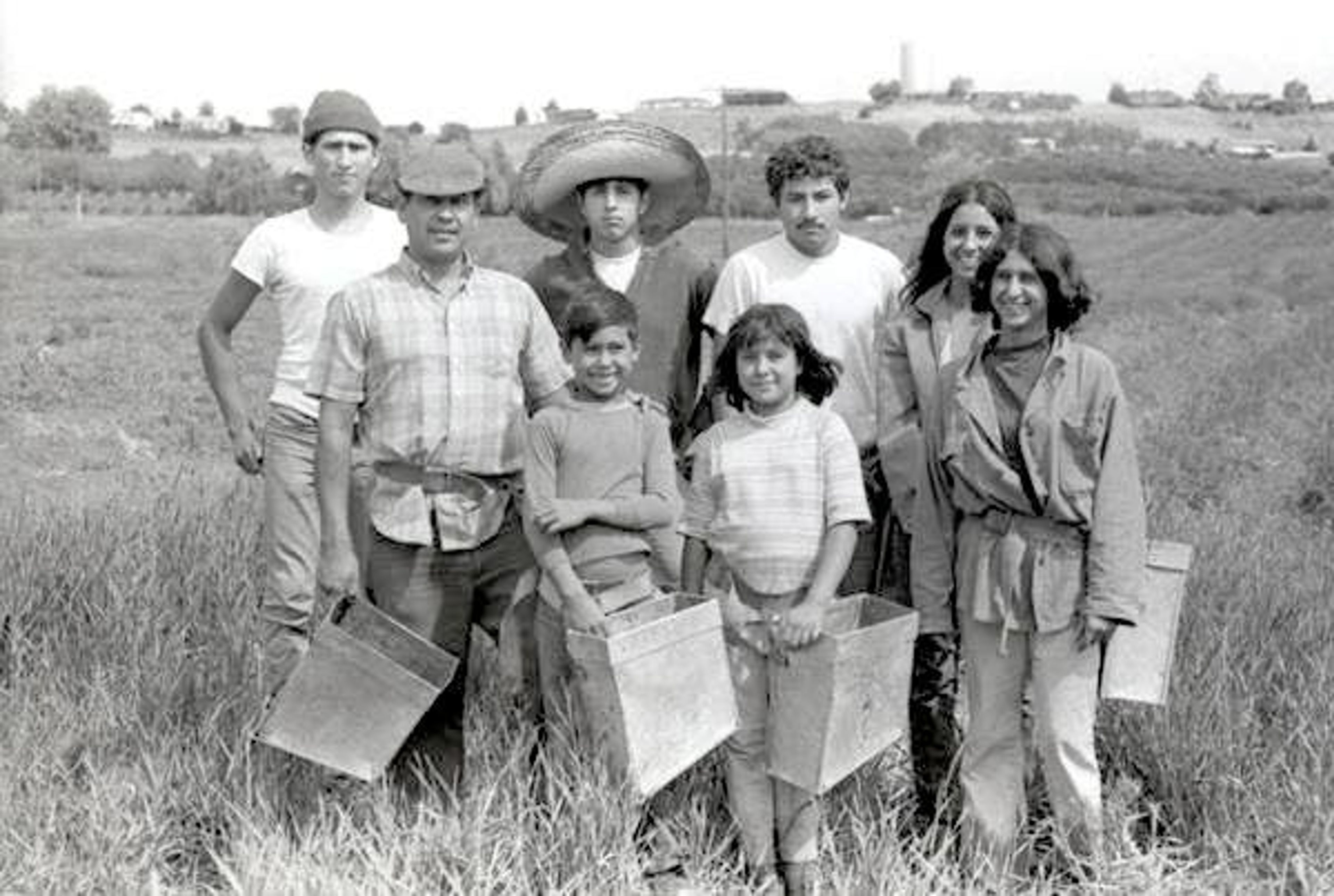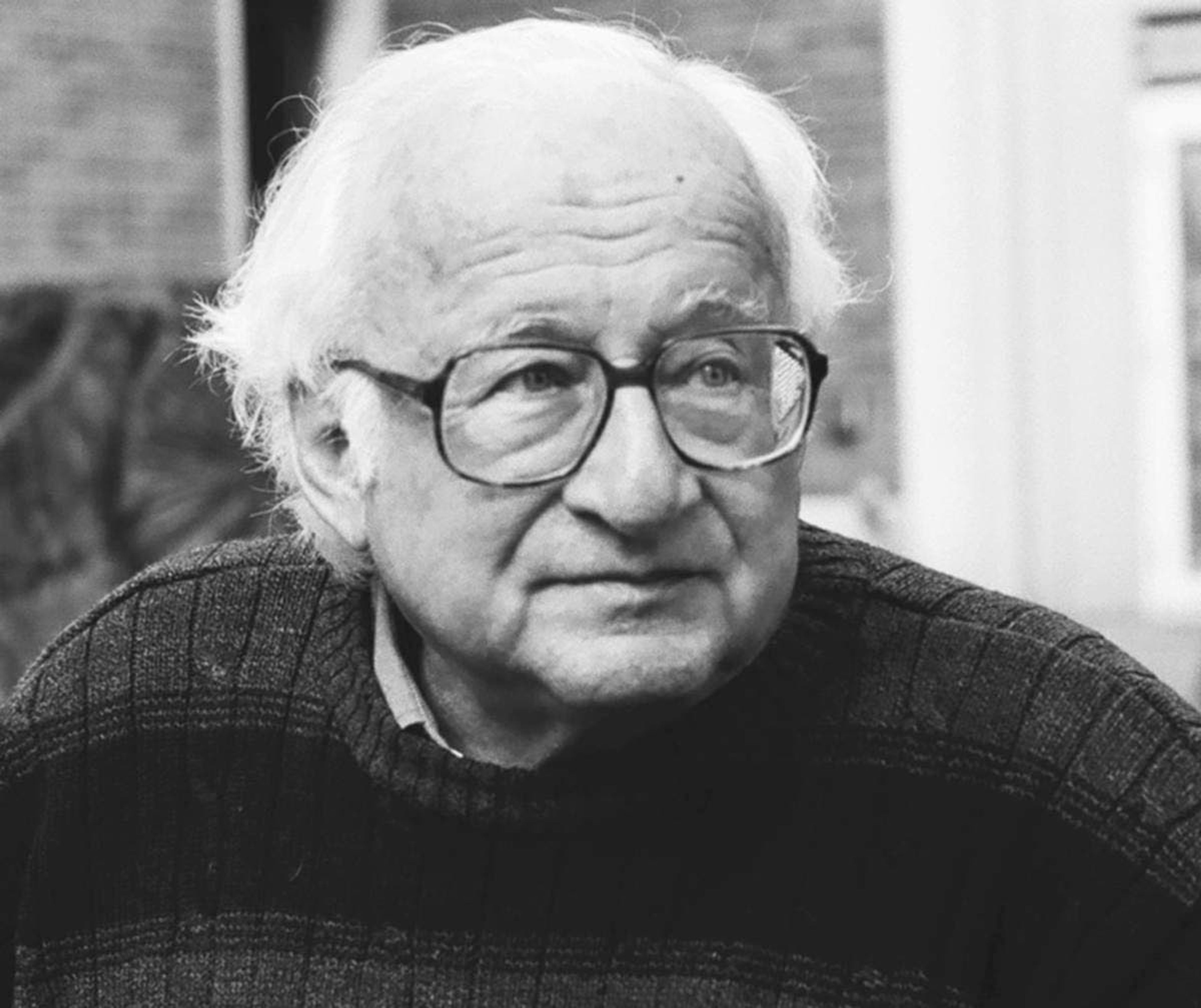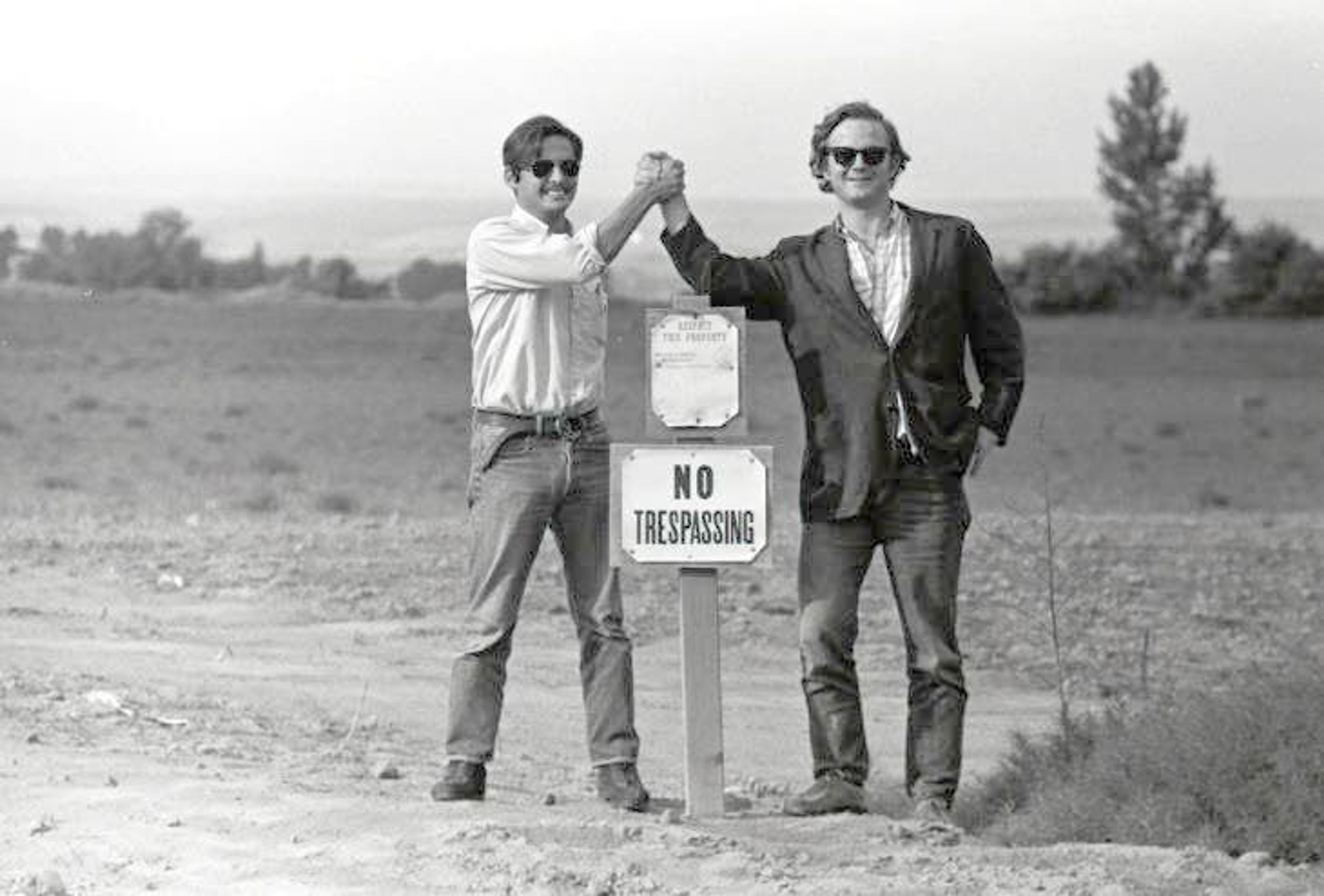‘The past is a prologue’
WSU’s photo archive of migrant farmworkers helps community bring texture, depth to its history
A trove of more than 11,000 photographs of migrant agricultural workers in the Yakima Valley in the 1960s and 1970s spent decades in a basement at Washington State University, but a recent effort to digitize the collection has breathed new life into the photos and the stories they tell.
The pictures, taken by Seattle photographer Irwin Nash and sold to WSU in the early 1990s, depict the lives of farm laborers in eastern Washington at a pivotal time in the movement for farm workers’ rights in the state.
Lipi Turner-Rahman, manager of WSU’s Kimble Digitization Center said about 10 years ago, a grad student had uploaded about 100 photos from the collection to the university’s website, but the rest sat untouched in storage. Turner-Rahman said the project began with an aim to secure funding to place the entire collection online. However, with the help of social media, it has since evolved to include an effort to track down the stories of the people and families who were photographed.
“Definitely it resonates with me that this is a collection of a group of people that you don’t really hear about,” Turner-Rahman said. “There is a specific narrative about this community and I’m very much interested in having the whole story be told.”
While preparing to write a grant proposal for the digitization project, Turner-Rahman said she learned a couple from Seattle, Laura Solis and her partner, Deputy Seattle Mayor Michael Fong, had taken a personal interest in the collection.
Solis said many in her family found work as agricultural laborers in Granger, Wash. She said she first came across the images while she was looking into a family legend that her uncle had appeared in a picture in the newspaper with a high-ranking government official around this same time. Solis and Fong combed through years worth of archived newspapers with little luck before they turned to the internet.
She said the headlines they’d scanned talked of the movement for farm workers’ rights, but much of what was printed failed to consider the moment through the eyes of the workers these struggles affected. A good deal of what was written was, as Fong put it, “some pretty racist stuff.”
When they stumbled onto Nash’s photos through an easily overlooked link on WSU’s website, Solis said she was spellbound.
“You can see through the photographs that he was looking at human beings and he really captured that — I was frankly just blown away, I couldn’t believe that these existed,” she said. “I think initially, we were still thinking maybe these would include the photograph we were looking for, but it I quickly became ‘these are amazing in their own right.’”
Solis said these photos hinted at more than an important moment in history, it showed the everyday lives of the farm workers and their families. Photos of children playing, a family moving to a new home, a band playing in a tavern — all of this showed the humanity of a group that goes largely unnoticed and uncredited for the important part they played in the state’s history.
Thinking her family and friends would enjoy the images even if they didn’t recognize any of the people pictured, Solis said she posted a few of that original 100 to social media. In a matter of days, she said her cousin recognized his grandmother — her great aunt — in one of the photos and wrote a moving tribute.
Turner-Rahman said this inspired them to create a Nash Photo Collection Facebook group where people can scan through photos for family members and help to identify those pictured. She said many photos have already been digitized but the project has expanded beyond the scope of merely putting them online to helping a community take control of their narrative.
“It’s really all about facilitating their story to have Washingtonians, hear their stories and hear about their lives,” she said. “I also think it’s important for youth and future community members to see themselves represented in the way that they see themselves.”
Retired King County Superior Court Judge Michael Fox, who worked as a lawyer representing farm workers in the ‘60s, ‘70s and ‘80s said one photo struck him in particular. In the photo, he said he and Guadalupe Gamboa, a leader in Washington’s farm workers rights movement at the time, are shown clasping hands over a “No Trespassing” sign the morning they’d been arrested for trespassing.
Fox said he and Gamboa were to meet with workers who lived in a privately owned labor camp in Walla Walla but were met by sheriff’s deputies instead. He said this episode eventually led to a Washington State Supreme Court decision upholding the constitutional rights of labor camp residents, labor organizers, and lawyers to meet within labor camps regardless of objections from the camp owner. Fox said a copy of the photo hangs in his home office today.
When asked about the value the collection will have to younger generations, Fox and Gamboa agreed that learning lessons from history helps to light the path toward a more thoughtful future.
“An old quote, which is on the National Archives in Washington DC is ‘The past is prologue,’ and to understand where we are today, you have to learn from and understand the past,” Fox said. “I think that this is a marvelous opportunity, especially for young Hispanic folks, many of whose parents and grandparents were farm workers to understand where they came from, and what they have gone through.”
Jackson can be reached at (208) 883-4636, or by email to sjackson@dnews.com.
FIND MORE ONLINE
Nash Photo Collection Facebook page: facebook.com/groups/468351584242132
Irwin Nash Images of Migrant Labor Digital Collection: content.libraries.wsu.edu/digital/collection/nash
“It’s really all about facilitating their story to have Washingtonians, hear their stories and hear about their lives. I also think it’s important for youth and future community members to see themselves represented in the way that they see themselves.”
— Lipi Turner-Rahman, manager of WSU’s Kimble Digitization Center











